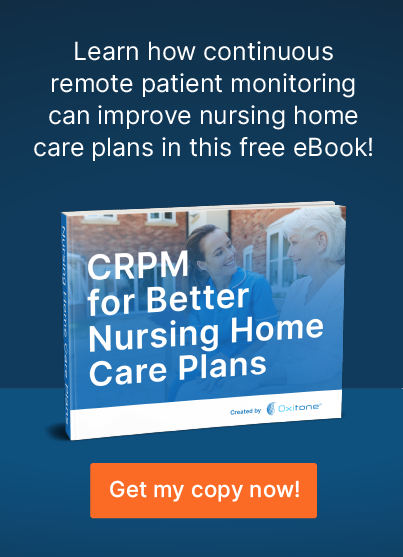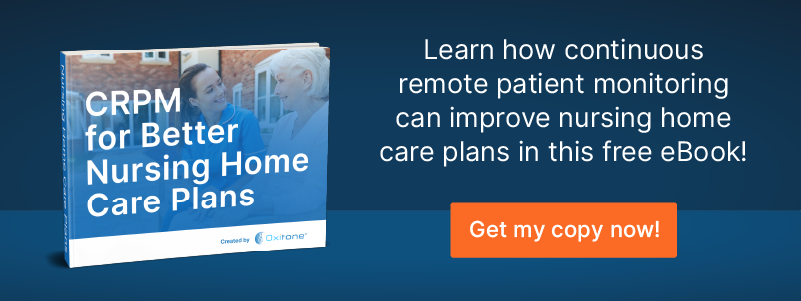More than 40% of Americans sixty-five and older will spend time in a nursing home. While nursing home residents and caregivers want to provide a high-quality experience with patient health, many facilities struggle to maintain high levels of care due to staffing issues.
The Nursing Home Staffing Crisis
Understaffing is a chronic problem in nursing homes. Attracting, recruiting, and retaining qualified caregivers is a significant challenge in the industry.
A federal study concluded that each nursing home resident needs a minimum of 4.1 hours of nursing care per day. Yet, multiple studies show that most nursing homes cannot provide this level of attention, which may put residents at risk. In New York, for example, only thirty-one out of 617 nursing homes earned top ratings for staffing.
Many facilities struggle to maintain the necessary staffing, let alone meet the recommendations. Understaffing is one of the biggest contributors to neglect and abuse.
So, many nursing home facilities are wondering how to create optimal conditions for patients in an era of high staff turnover and difficulty hiring qualified workers. One solution is to expand the use of a wireless patient health monitoring system.
Wireless Patient Health Monitoring System
This type of system can help eliminate much of the time-consuming and manual work collecting and recording patient conditions. By automating data collection and monitoring data points in real time, nurses and other healthcare providers can spend more time interacting with patients in meaningful ways rather than the routine collection of vital signs.
When staffing levels are a problem, a wireless patient health monitoring system can significantly reduce the manual workload for healthcare providers.
Continuous Data Feeds
The best wireless patient health monitoring system will provide continuous data feeds to detect even small anomalies in patient conditions. When nursing home staff members have to manually collect data, they take snapshots of vital signs at intervals. These can provide an incomplete picture of a patient’s actual condition.
Using an automated continuous remote patient monitoring (CRPM) solution, thousands of data points are constantly analyzed against baselines to recognize patterns that might otherwise be missed.
Managing Chronic Care
More than 75% of nursing home residents are afflicted with at least two chronic conditions. A wireless patient health monitoring system can help caregivers better manage chronic care.
For example, a patient at risk for cardiovascular issues may show no signs of stress during manual readings. Detecting patterns that indicate potential problems may not be obvious when vitals are recorded during spot checks a few times a day. CRPM solutions, however, continuously monitor conditions, such as heart rate variability, blood oxygen levels, and pulse rates. If abnormalities indicate the potential for an adverse condition, alerts are issued automatically for further investigation. Since data is continuously checked against baselines, patterns are more easily detected.
Severe chronic disease patients consume the overwhelming majority of healthcare resources. Traditional monitoring systems have proven to be less than effective for most high-risk patients. Data gathered manually is imprecise and of varying quality.
AI-aided devices can also help predict exacerbations in chronic care with greater accuracy. By collecting and analyzing real-time access to healthcare information, caregivers are notified immediately when there is a potential issue, which leads to a faster response to complications and better treatment when conditions change.
CRPM makes data collection automatic and has been proven to create better overall patient outcomes and reduce trips to the ER and hospitalizations.
Oxitone Can Improve the Quality of Care in Nursing Homes
The Oxitone 1000M is the world’s first FDA-approved wearable oximetry device. Affordable and comfortable to wear for patients, the Oxitone 1000M wrist-sensor pulse oximetry monitor does not require a fingertip probe. The AI-enhanced device provides continuous real-time measurements for the monitoring of data as part of a wireless patient health monitoring system.
Caregivers can get real-time data from patients, including:
- SpO2
- Pulse rate
- Heart rate variability (physiological stress)
- Skin temperature
Passive monitoring gives caregivers access to data at any time without having to physically take manual readings. An integrated SaaS solution enables caregivers to monitor the data using a secured cloud portal, including:
- Real-time digital biomarkers
- Color-coded notifications
- Daily, weekly, and monthly reports
- System self-assessment
Together, the Oxitone 1000M and the clinician portal make it easier to monitor multiple patients remotely with alarms when conditions change. It creates an additional layer of medical intelligence by classifying patients into diagnostic categories and severities and uses predictive intelligence and multi-parameter baseline variations to monitor for changes.
This frees up nurses and other caregivers to focus on patient care rather than just checking vital signs and enables a more immediate response when intervention is needed.
Here at Oxitone, we boost value-based healthcare by delivering extraordinary patient, clinical, and economical outcomes at reduced medical utilization and cost. Patients need a prompt response to emergencies. Physicians need an easy and timely follow-up with patients. Our mission is to transform chronic disease management and help save lives worldwide.
Let’s save lives together! To see how we help remote patient monitoring companies and physicians improve the management and care of high-risk patients, contact us today!


